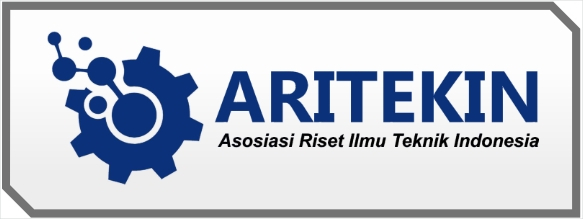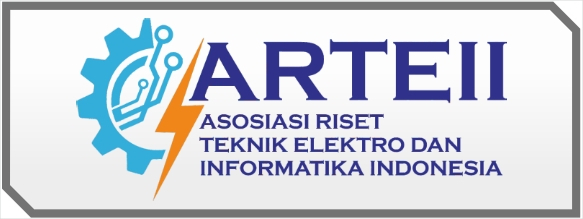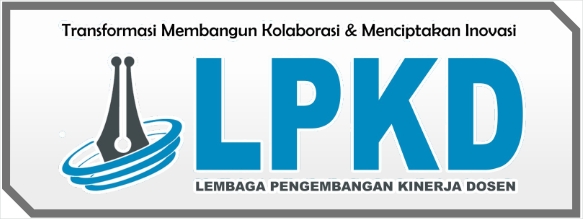RANCANG BANGUN IOT MENGGUNAKAN SIM900A PADA SISTEM INFORMASI TAGIHAN AIR ARTETIS METODE WATER FLOW
DOI:
https://doi.org/10.51903/juritek.v1i3.110Kata Kunci:
Internet of Things (IoT), Water, Artetis, Water Flow, Sim900AAbstrak
Internet of Things (IoT) is a dynamic global network infrastructure with standard configuration capabilities and interoperable communication protocols where physical and virtual "things" have identities, physical attributes and virtual personalities and use smart interfaces, and are integrated into the network. Water is a source of life for humans and nutrients needed by humans. One of the essential daily needs of living things in this world that cannot be separated is water. The problem or obstacle that exists with the use of artesian water is that when the meter calculation (usage standard) is still using human labor, in other words there is a mobile officer at the end of every month, while in the middle of the month the officer returns to provide a payment account receipt. Not yet, if the officer has difficulty checking, they have to be behind the customer's house if the meter (standard of use) is located behind the house, and the place is not strategic. Then sometimes the recording is not accurate because it is not in accordance with the usage of the existing customer being metered. This gives the effect of a longer process, less accurate results, and makes the job more difficult and customers also feel worried that if the staff is not careful about recording water usage, the authors are inspired to design and make a tool to make it easier to record water usage with modern technology. namely the Artetis Water Billing Information System using Water Flow and IoT-based Sim900A in the Purwoyoso village area of Semarang where people can maintain and manage water more effectively and efficiently for human survival.
Referensi
Dwi Setiawan, N. (2018). OTOMASI PENCAMPUR NUTRISI HIDROPONIKSISTEM NTF (NUTRIENT FILM TECHNIQUE) BERBASIS ARDUINO MEGA2560. JURNAL TEKNIK INFORMATIKAUNIKA ST. THOMAS (JTIUST), 03(2), 78-82.



.png)















